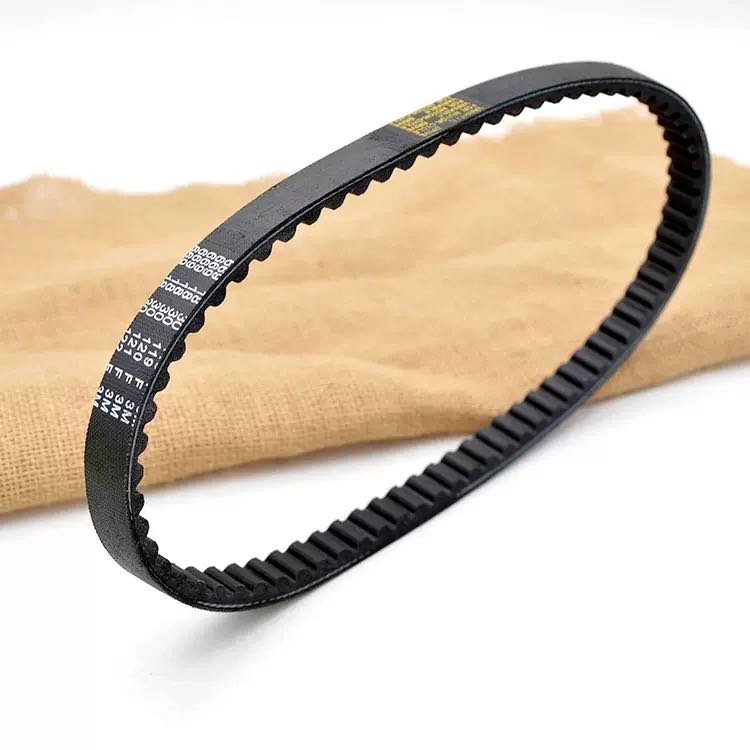- Arabic
- French
- Russian
- Spanish
- Portuguese
- Turkish
- Armenian
- English
- Albanian
- Amharic
- Azerbaijani
- Basque
- Belarusian
- Bengali
- Bosnian
- Bulgarian
- Catalan
- Cebuano
- Corsican
- Croatian
- Czech
- Danish
- Dutch
- Afrikaans
- Esperanto
- Estonian
- Finnish
- Frisian
- Galician
- Georgian
- German
- Greek
- Gujarati
- Haitian Creole
- hausa
- hawaiian
- Hebrew
- Hindi
- Miao
- Hungarian
- Icelandic
- igbo
- Indonesian
- irish
- Italian
- Japanese
- Javanese
- Kannada
- kazakh
- Khmer
- Rwandese
- Korean
- Kurdish
- Kyrgyz
- Lao
- Latin
- Latvian
- Lithuanian
- Luxembourgish
- Macedonian
- Malgashi
- Malay
- Malayalam
- Maltese
- Maori
- Marathi
- Mongolian
- Myanmar
- Nepali
- Norwegian
- Norwegian
- Occitan
- Pashto
- Persian
- Polish
- Punjabi
- Romanian
- Samoan
- Scottish Gaelic
- Serbian
- Sesotho
- Shona
- Sindhi
- Sinhala
- Slovak
- Slovenian
- Somali
- Sundanese
- Swahili
- Swedish
- Tagalog
- Tajik
- Tamil
- Tatar
- Telugu
- Thai
- Turkmen
- Ukrainian
- Urdu
- Uighur
- Uzbek
- Vietnamese
- Welsh
- Bantu
- Yiddish
- Yoruba
- Zulu
ធ្នូ . 24, 2024 20:20 Back to list
Exploring the Applications and Mechanics of Stepper Motors with Belt Drives
Understanding Stepper Motor Belts A Complete Guide
Stepper motors have gained immense popularity in various applications, from 3D printers to CNC machines and robotics, largely due to their precision and reliability. One critical component of many stepper motor systems is the belt. In this article, we will explore the role of belts in stepper motor systems, their types, benefits, and how to choose the right belt for your application.
What is a Stepper Motor?
A stepper motor is a type of electric motor that divides a full rotation into a large number of steps. This mechanism allows for precise control of angular position and speed, making stepper motors ideal for applications that require fine adjustments. Unlike traditional motors that rotate continuously, stepper motors rotate in discrete steps, permitting accurate control over movement.
The Role of Belts in Stepper Motor Systems
In many applications, stepper motors are coupled with belts to transfer motion from the motor to a driven element. The belt system helps achieve several key objectives
1. Increased Output Distance By using a belt, you can increase the distance the motor's output will travel. This allows for larger movements than what might be feasible through direct coupling.
2. Reduced Wear and Tear Belts can absorb shocks and vibrations that would otherwise be transmitted directly to the motor or load. This helps in extending the lifespan of both the motor and the driven component.
3. Speed Reduction Through various pulley sizes, belts can offer a means of speed reduction. This is crucial in applications where high precision is required, as it allows for smooth motion at lower speeds.
4. Flexibility in Design Belts afford more flexibility in positioning the motor relative to the load. This can be particularly advantageous in compact or complex designs where space is constrained.
Types of Belts Used with Stepper Motors
When integrating belts into stepper motor applications, several types of belts can be considered
stepper motor belt

1. Timing Belts These belts are designed with teeth that fit into corresponding grooves on pulleys, ensuring precise movement. They are ideal for applications where maintaining the relationship between position and movement is critical.
2. Flat Belts Flat belts are simpler and are often used in cases where there is less of a demand for precise movement but where raw transmission of power is needed. They can slip under high loads, which can be a disadvantage.
3. V-Belts While less common in high-precision applications, V-belts are known for their grip on pulleys and are used for more robust powering tasks. They work well when there is minimal concern for stretch and slip.
Choosing the Right Belt
The selection of the correct belt for your stepper motor system involves several considerations
- Load Requirements Determine the torque and load that the belt will need to handle. This is crucial for selecting a belt that will not stretch or break under operational stresses.
- Precision Needs If your application requires high precision, timing belts are generally the best choice due to their non-slip characteristics.
- Speed and Distance Consider the speed of movement required and the distance the load needs to travel. This will guide decisions on pulley sizes and belt types.
- Environmental Factors Consider the environmental conditions the belt will be exposed to, such as temperatures, humidity, and whether it will be in contact with chemicals or oils. Different materials are suited for different environments.
Conclusion
Stepper motors paired with appropriate belt systems can greatly enhance the versatility and performance of your applications. Understanding the various types of belts, their functionalities, and how to select them based on your specific needs is crucial for optimizing the performance of your stepper motor systems. As technology advances, the efficacy of stepper motors and belt systems will continue to expand, making them indispensable tools in modern engineering. Whether you are a hobbyist or an engineer, investing time in selecting the right components will ensure the success of your projects.
-
Korean Auto Parts Timing Belt 24312-37500 For Hyundai/Kia
NewsMar.07,2025
-
7PK2300 90916-T2024 RIBBED BELT POLY V BELT PK BELT
NewsMar.07,2025
-
Chinese Auto Belt Factory 310-2M-22 For BMW/Mercedes-Benz
NewsMar.07,2025
-
Chinese Auto Belt Factory 310-2M-22 For BMW/Mercedes-Benz
NewsMar.07,2025
-
90916-02660 PK Belt 6PK1680 For Toyota
NewsMar.07,2025
-
drive belt serpentine belt
NewsMar.07,2025

